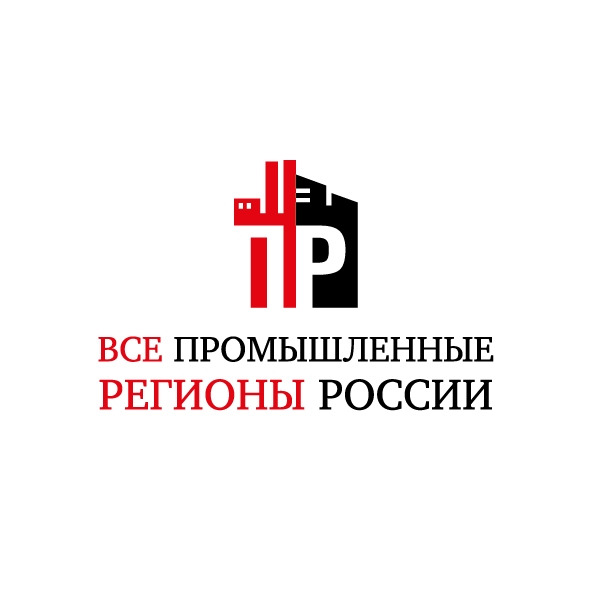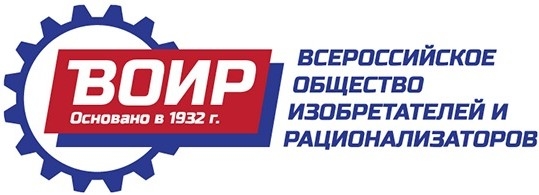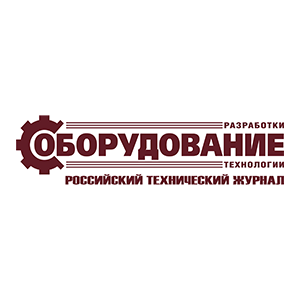Bridging the Gap: How Robotic Welding Cells are Enhancing Connectivity in the Asia Pacific Region

The Asia Pacific region, a dynamic hub of manufacturing and industrial activity, is witnessing a transformative shift in its operational landscape
The transformation is being driven by the adoption of robotic welding cells, a cutting-edge technology that is enhancing connectivity and streamlining processes across various sectors.
Robotic welding cells, which are automated systems designed to handle welding tasks with precision and efficiency, are revolutionizing the way industries operate. They are not only increasing productivity and reducing costs but also bridging the gap between traditional manufacturing methods and the digital era.
The Asia Pacific region, home to some of the world’s largest manufacturing economies, including China, Japan, and South Korea, is at the forefront of this technological revolution. The adoption of robotic welding cells in these countries is driven by the need to meet the increasing demand for high-quality products, coupled with the necessity to maintain competitiveness in the global market.
The integration of robotic welding cells into manufacturing processes is enhancing connectivity in several ways. Firstly, these systems are equipped with advanced sensors and software that allow them to communicate with other machines and systems in real-time. This interconnectivity enables a seamless flow of information, facilitating efficient production planning and control.
Secondly, robotic welding cells are bridging the gap between human operators and machines. They are designed to work alongside human workers, assisting them in complex tasks and reducing the risk of accidents. This human-robot collaboration is fostering a new level of connectivity in the workplace, where humans and machines work together to achieve common goals.
Moreover, the use of robotic welding cells is promoting connectivity at a broader level. By automating repetitive and labor-intensive tasks, these systems are freeing up human resources that can be redirected towards more strategic roles. This shift is fostering innovation and creativity, leading to the development of new products and services that are driving economic growth in the region.
The adoption of robotic welding cells in the Asia Pacific region is also being facilitated by supportive government policies. Countries like China and South Korea have launched initiatives to promote the use of robotics in manufacturing, recognizing the potential of this technology to boost productivity and economic growth.
However, the transition to robotic welding cells is not without challenges. The high cost of these systems and the need for skilled personnel to operate and maintain them are significant barriers to adoption. Additionally, concerns about job displacement due to automation are also prevalent.
Despite these challenges, the benefits of robotic welding cells are undeniable. They are enhancing connectivity, improving productivity, and fostering innovation in the Asia Pacific region. As more industries embrace this technology, the region is poised to strengthen its position as a global leader in manufacturing and industrial production.
In conclusion, the adoption of robotic welding cells in the Asia Pacific region is a testament to the transformative power of technology. By bridging the gap between traditional manufacturing methods and the digital era, these systems are paving the way for a future where connectivity and collaboration are at the heart of industrial operations.
Information source: Fagen Wasanni.























